
Imagine you’re in an instance where you have to notify others driving around, but the car’s horn makes only a sluggish sound. Frustrating, right? A car horn that is not working properly can cause safety hazards in that it hinders the ability of communicating effectively when driving. This blog will look at the many reasons for an ineffective car horn, and show you the best way to handle these issues.
There are many possible reasons for the sound of the car horn to be weak for a weak horn, for example:
1. A bad horn switch: The horn switch is the button on the steering wheel that activates the horn. If the switch is worn out or damaged, it may not send a strong enough signal to the horn, resulting in a weak sound. You can test the horn switch by using a multimeter to measure the voltage at the horn when you press the button. If the voltage is low or zero, the switch may be faulty.
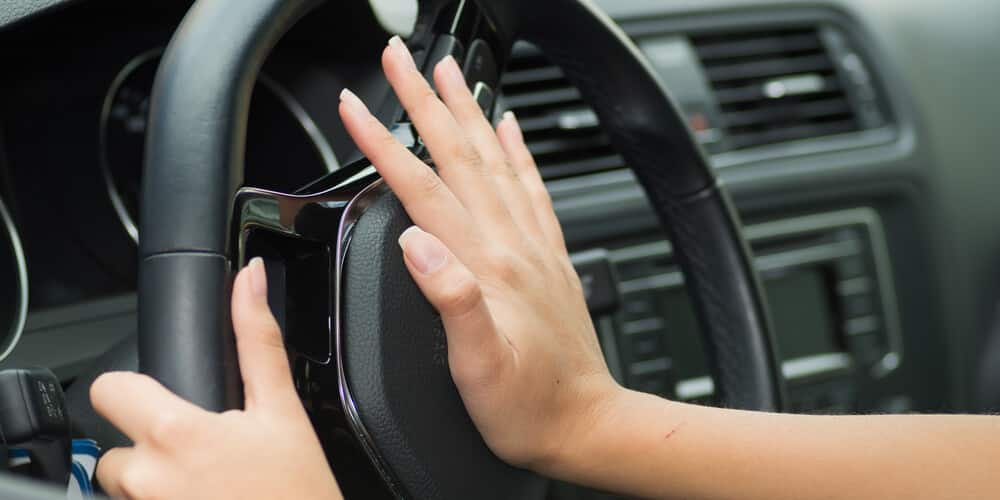
2. A faulty horn relay: Horn relays are electrical devices used to switch the power to your horn on and off. If one malfunctions, however, it could fail to provide adequate power to the horn, producing weak sound quality. You can test horn relays by swapping out their location within your fuse box with another relay of similar type; if sound improvement results, this may indicate that one may be defective.
3. A blown horn fuse: The Horn fuse is a safety device that keeps the horn away from drawing too much current, which could damage an electrical circuit. In the event that the fuse is damaged it will shut off electric power supply to the horn which results in no noise or low sound. It is possible to can check the horn fuse by finding the fuse in the box for fuse, and then determining whether it is in good condition. If it is damaged, you will need be replacing it by a brand new one of the same rating.
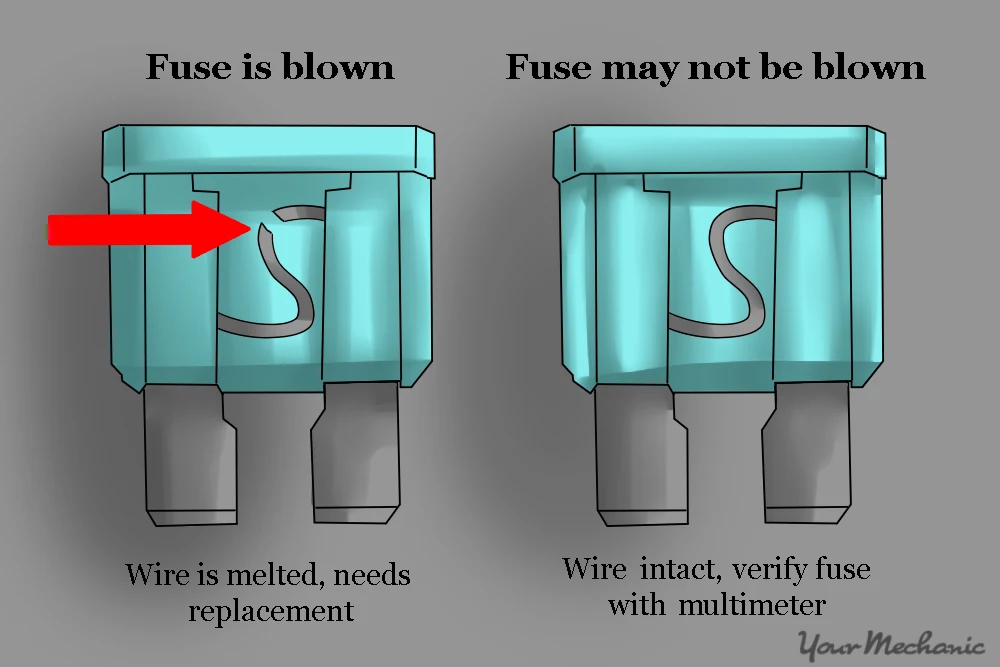
4. Damaged speaker cones: The speaker cones of a horn are responsible for producing sound. If they become damaged, however, their vibration may become compromised and cause weak sounds to be produced by them. You can test these speaker cones by taking steps such as taking out your car horn to inspect for cracks, holes or corrosion damage – and replacing it if needed.
5. A wiring issue: Wiring issues involve problems with the electrical wires connecting a horn to its battery, switch, relay, or fuse. If any wire is loose, broken, corroded, shorted or short circuited it may not provide sufficient power for sound production; you can test this by using a multimeter to measure continuity and resistance of each wire – and if found faulty repairs should be undertaken as soon as possible.
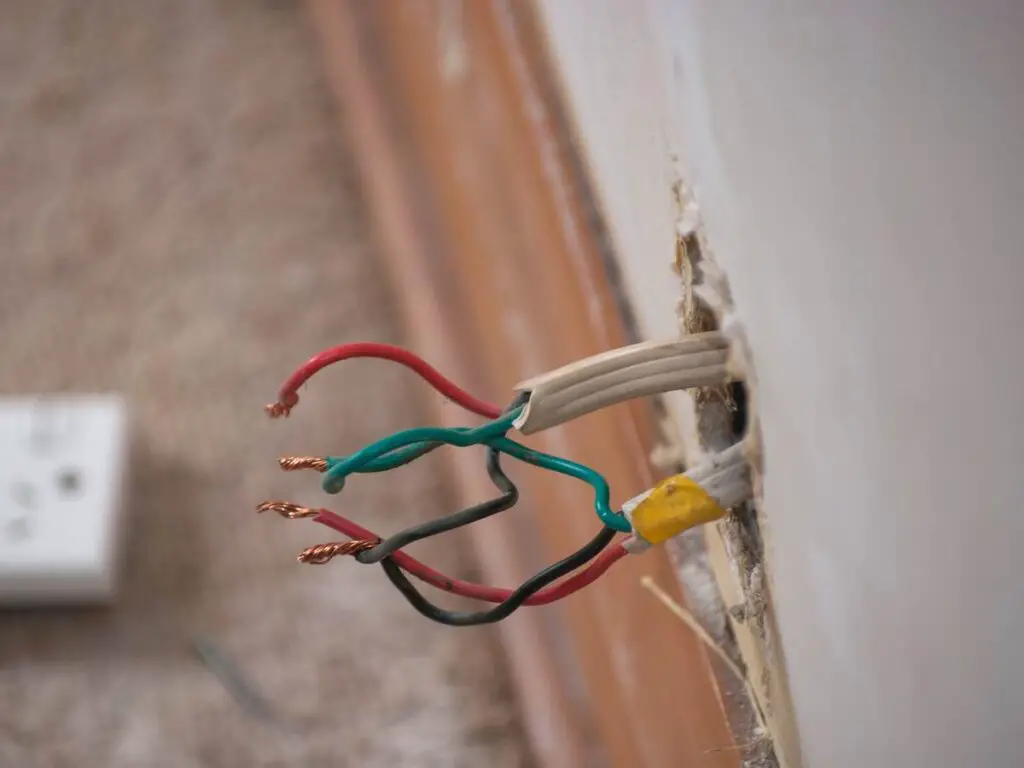
6. A broken clock spring: The clock spring is a coil of wire connecting a horn switch to an electrical system and allows steering wheel movement without disrupting electrical connections. If broken, this spring could prevent signal transference from switch to horn, creating a weak sound from the horn itself. You can test for its integrity by using a multimeter to measure wire resistance; high resistances indicate possible clock spring failure.
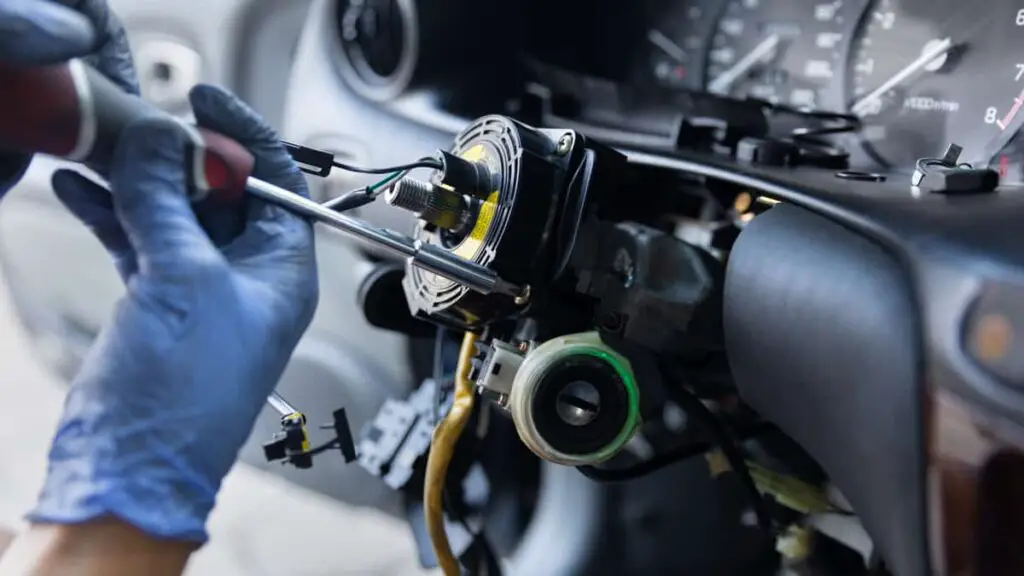
These are only some of the main causes for why your car’s horn may sound weaker than usual. I hope this guideline can help you diagnose and resolve this problem on your own; otherwise if additional assistance is required please seek professional services or visit a repair shop for your car.
How do you know if your horn relay is bad?
There are various methods you can use to tell if your horn relay has gone bad, with symptoms being such as:
1. Horn Doesn’t Work at All: This is often an indicator that your relay has become defective, since pressing its button and nothing happens is likely an indicator that power is not reaching it.
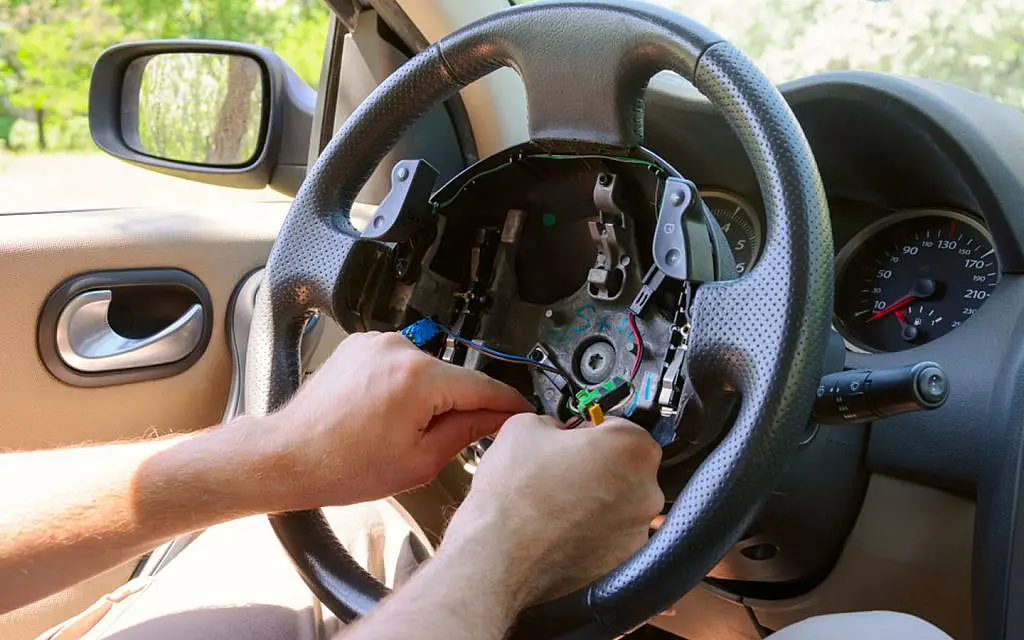
2. Horn is Stuck On: An obvious sign of a malfunctioning horn relay, when its horn remains persistently on, could be that its relay has become stuck in its closed position, sending power directly to it and maintaining power flow to it.
3. The horn is intermittent: This indicates that your relay may be weak and could potentially fail, and means your horn works sometimes, but not always. This could indicate a relay’s weakness and potential failure.
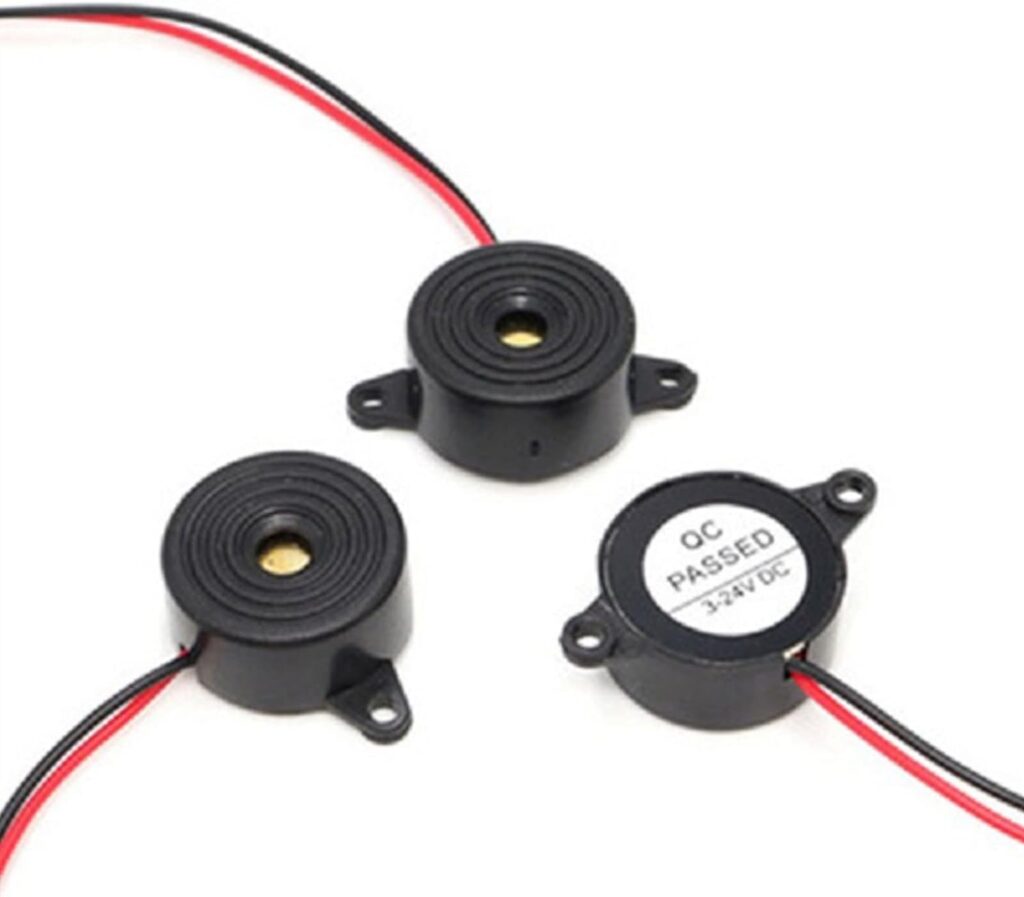
4. The horn is weak or sounds distorted: A relay may not be sending enough power to the horn, as demonstrated here.
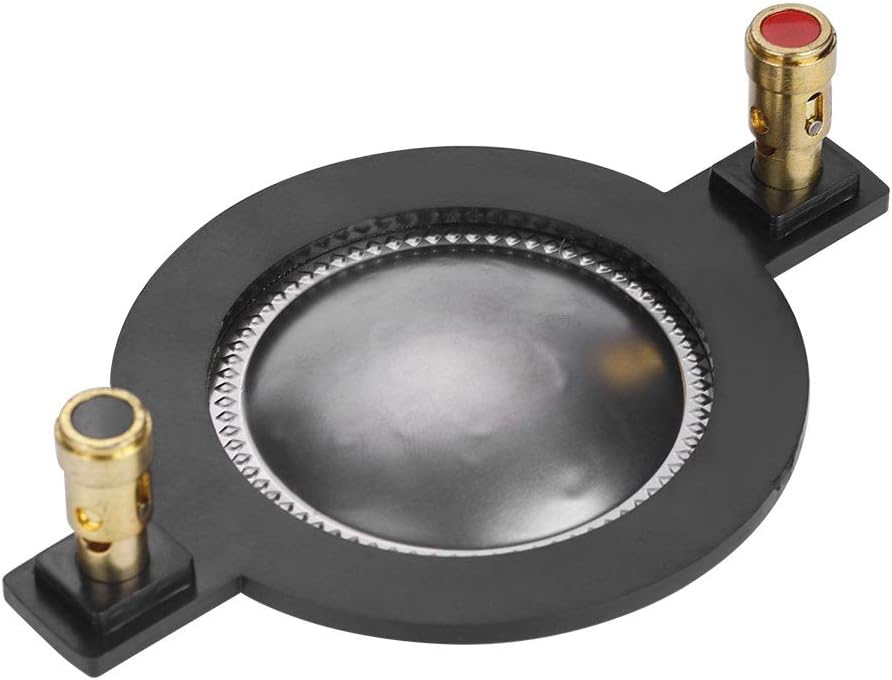
If you are experiencing any of these symptoms, it is likely that your horn relay is damaged and needs replacing. You can either test the relay yourself with a multimeter or take your car in for diagnostics from a mechanic.
Here are some guidelines for testing your horn:
1. Find the Horn relay: The horn relay is typically underneath the bonnet of your vehicle, near the fuse box. It is possible to can determine exactly the location for the relay by looking through your vehicle’s owner’s manual.
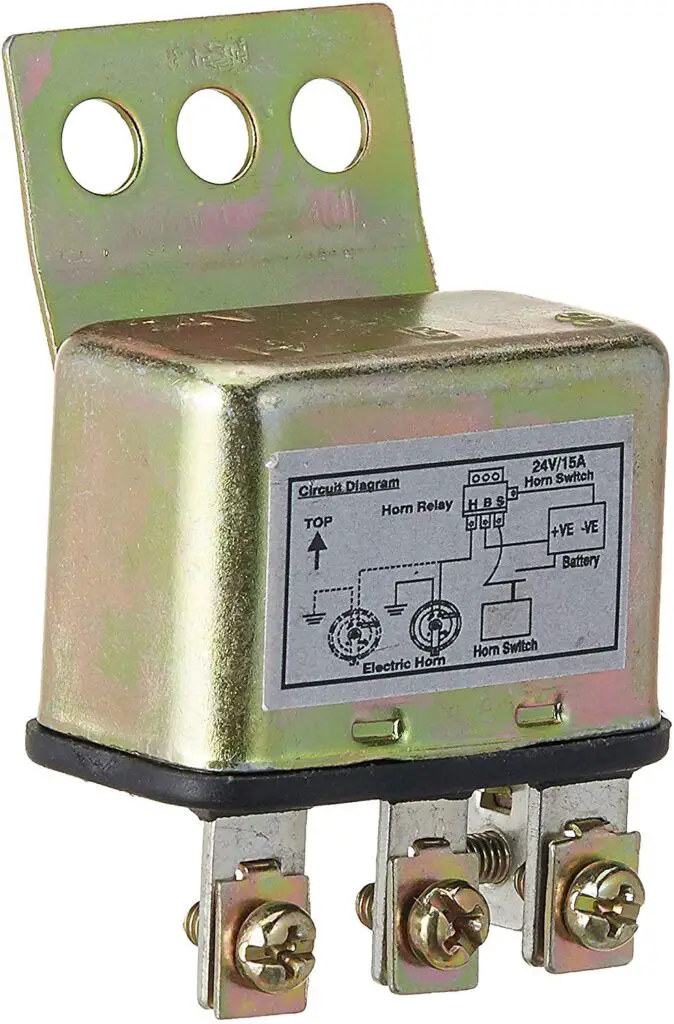
2. Remove your battery: Before you start testing the relay it is crucial to unplug the battery in order to stay clear of electrical hazards.

3. Take the relay out of the fuse box: Once the battery is removed the relay can take the relay out of the box.
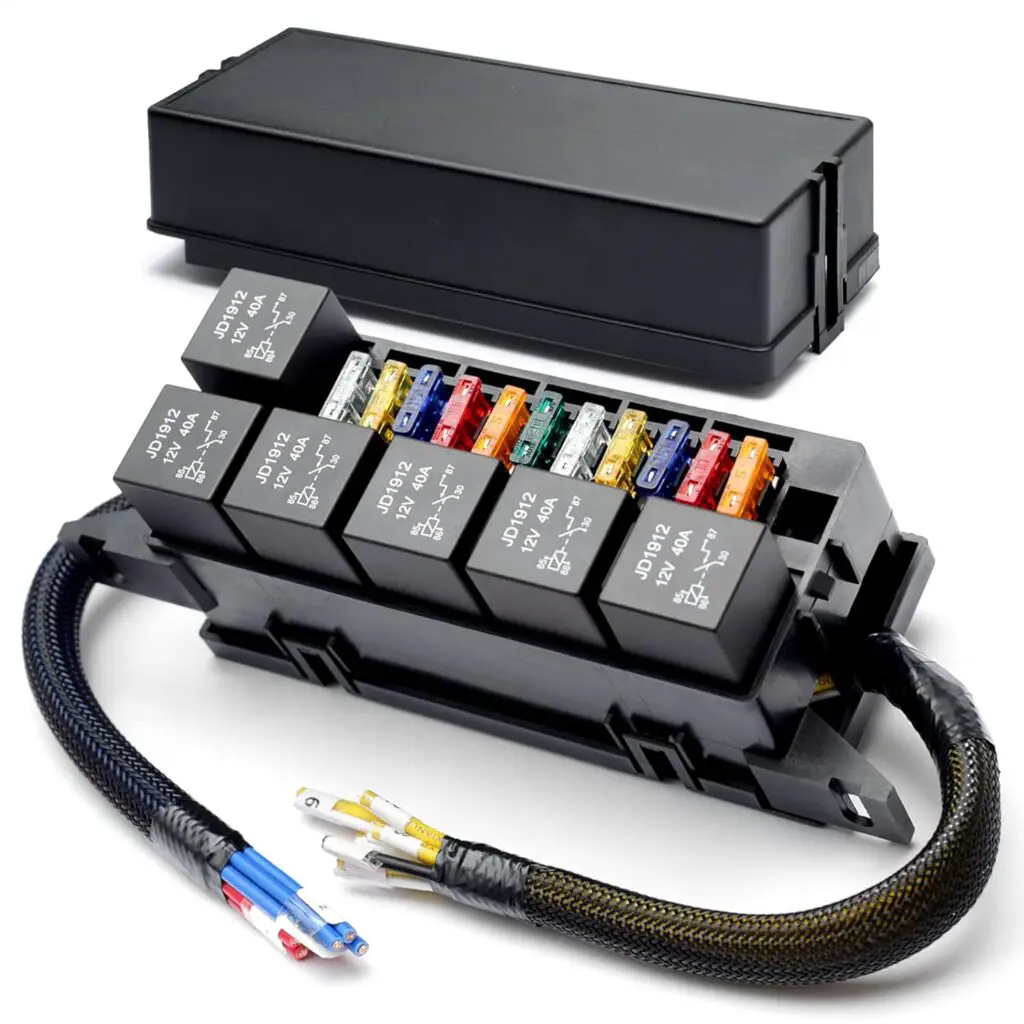
4. Check the condition of your relay using the aid of a multimeter: You can use a multimeter to check the resiliency that the coil of your relay as well as contacts. When the coil is open or the contacts are connected and the relay is not working, it is defective and must be replaced.
If you are not confident in conducting the test yourself You can bring your vehicle to a mechanic and have it checked for you.
How can I make my car horn louder?
There are various techniques you can employ to give your car more of a booming sound, depending on your own personal preferences and budget. Here are a few options you should consider:
1. Adjusting your car horn: Certain car horns come equipped with an adjustment dial on their side that can be turned using a flathead screwdriver to raise their volume. To accomplish this, first disconnect the grounded wire of your battery in your car, find and take off away from its mounting bracket, examine it closely in search of an adjustment dial that allows you to increase or decrease volume as desired, then rotate clockwise until your desired volume has been achieved before reconnecting your horn to its mounting bracket and testing its sound output.
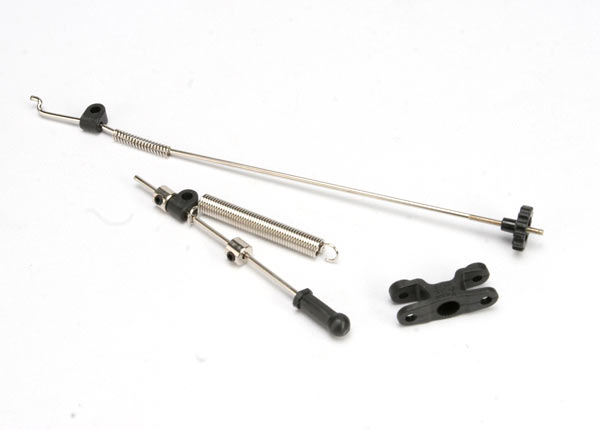
2. Replacing your car horn: If the horn in your car isn’t equipped with an adjustable dial, or you’d like to make to make a bigger upgrade, you can swap the horn with a brand new model that is of more wattage or pitch. To accomplish this, you will have to remove the grounding cable from the car battery, then locate the horn, take it off away from its mounting bracket and then disconnect the power wire that runs to the rear on the horn. Then, connect both wires on the horn to connect it onto the bracket connect the battery and listen to your horn’s sound. It is possible to locate a new place for the horn if it’s larger than the previous one or connect more wires if your vehicle only has one horn.
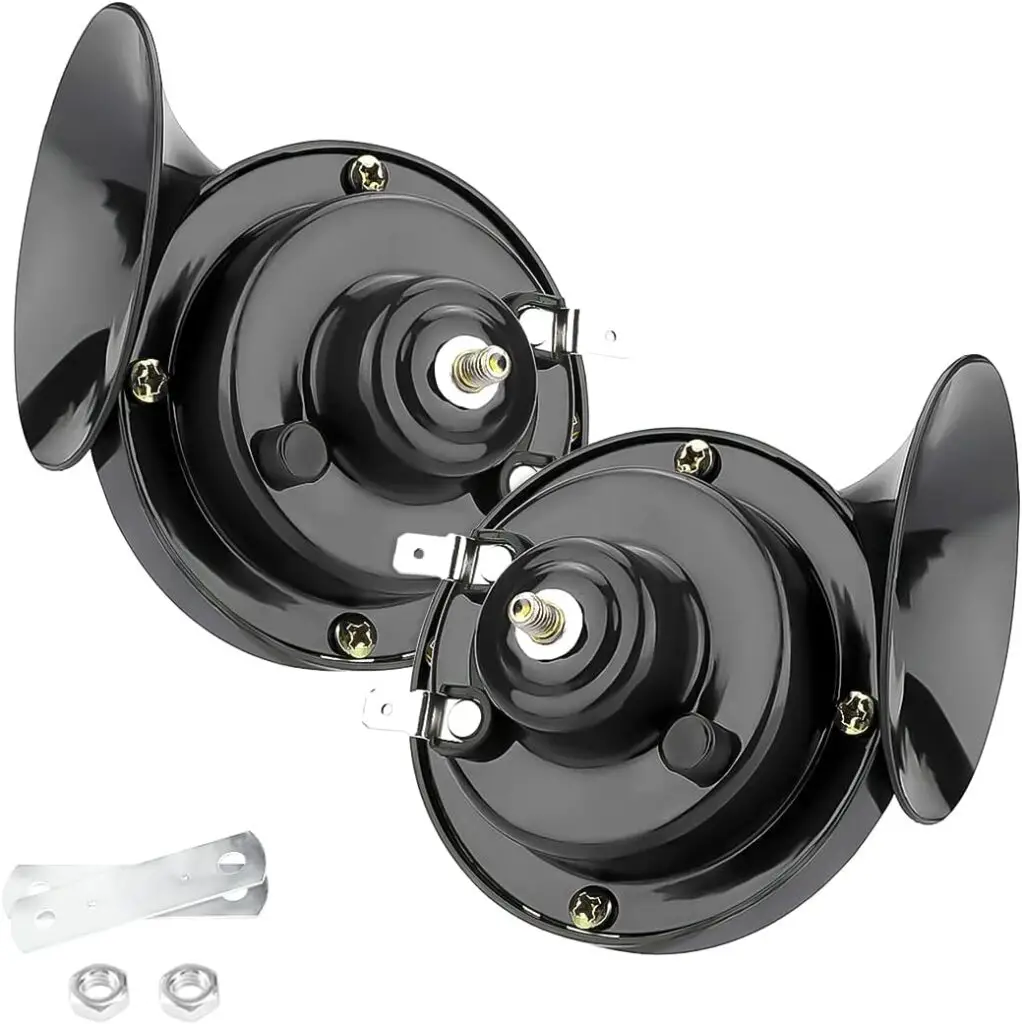
3. Installing a relay kit: Installation of a Relay Kit A relay kit can be defined as a device that enables you to directly connect your car’s horns to its battery, giving them full power for increased volume and sound production. To install one in your car, disconnect its grounding cable, locate and swap out its relay in its fuse box with this kit, connect wires of this relay kit with batteries and horns before finally connecting back up with its host battery and listening out for sound.
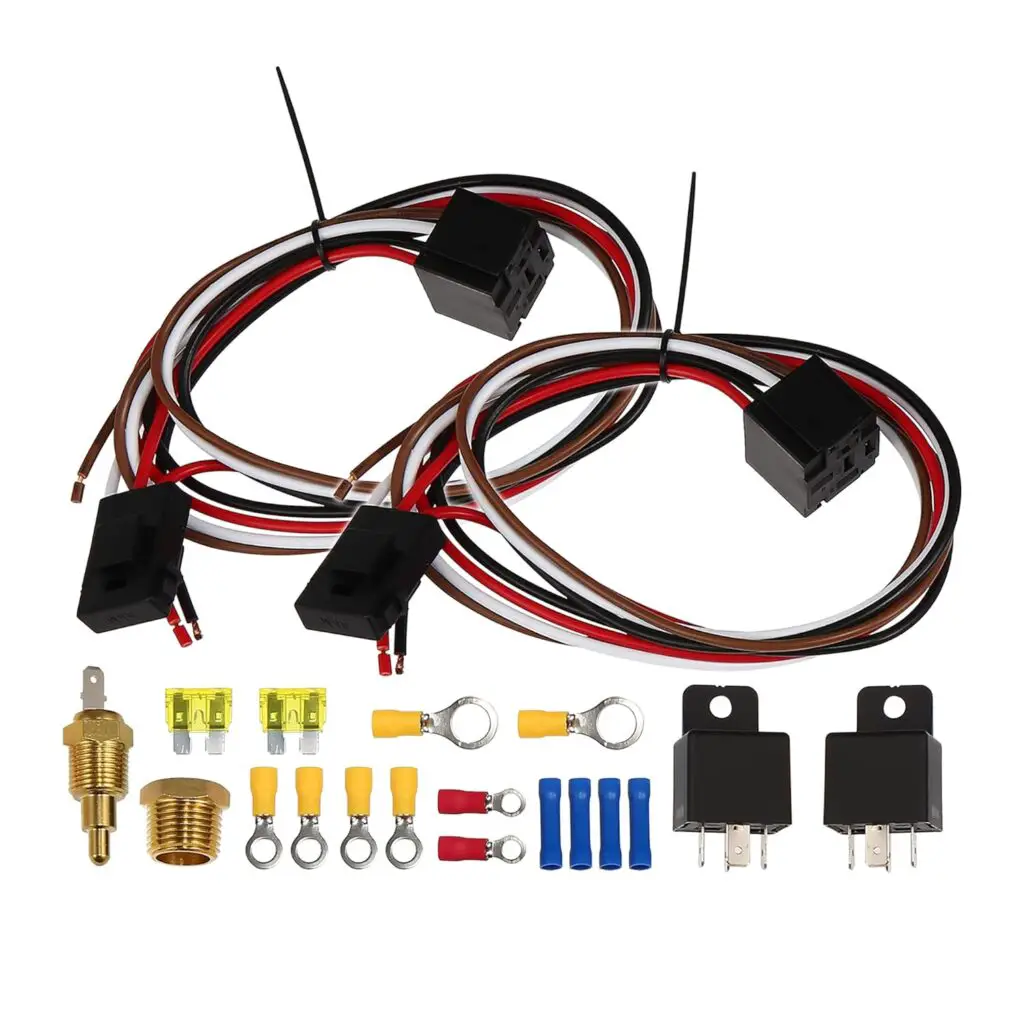
Here are a few methods you can use to make the horn sound louder on your car. Find one that best meets your budget and needs; but keep an eye out for any regulations or rules surrounding car horns in your region or country, as some states may place restrictions on their use or frequency of usage. Be mindful of pedestrians and drivers alike by only using it when necessary!
How to Replace Your Canon CA-240 Mini DV Camera Power Supply Cord



